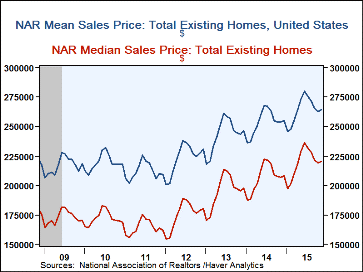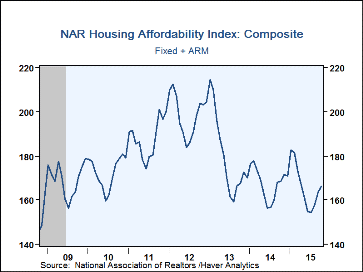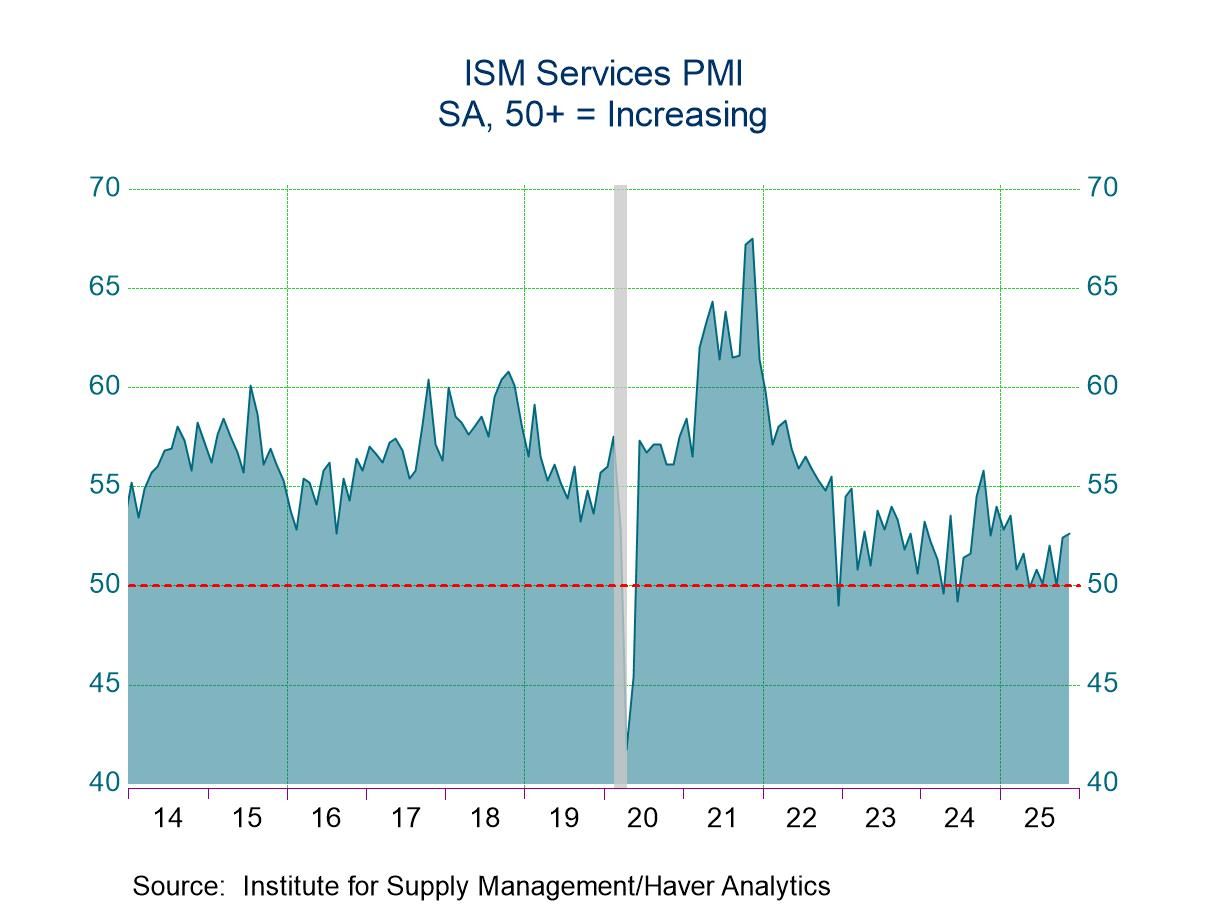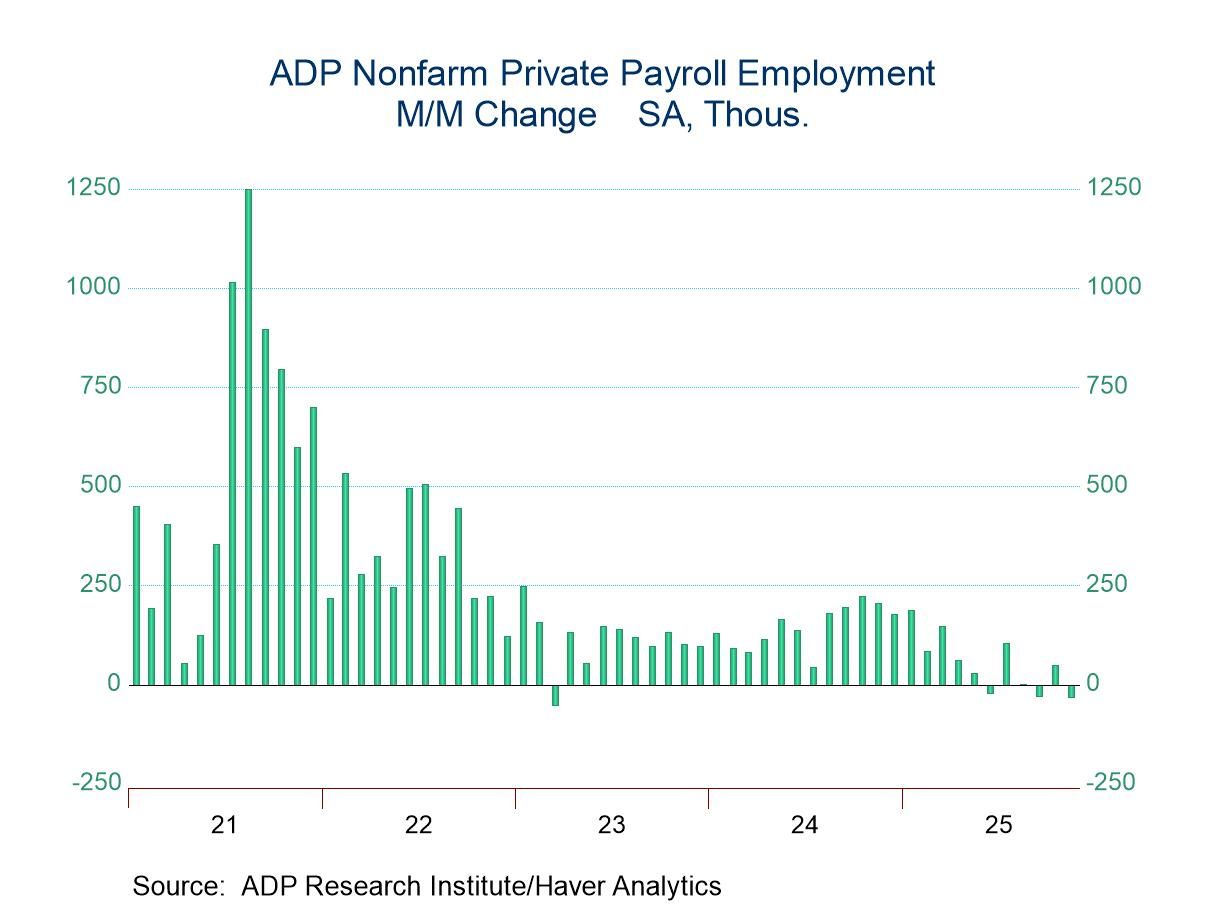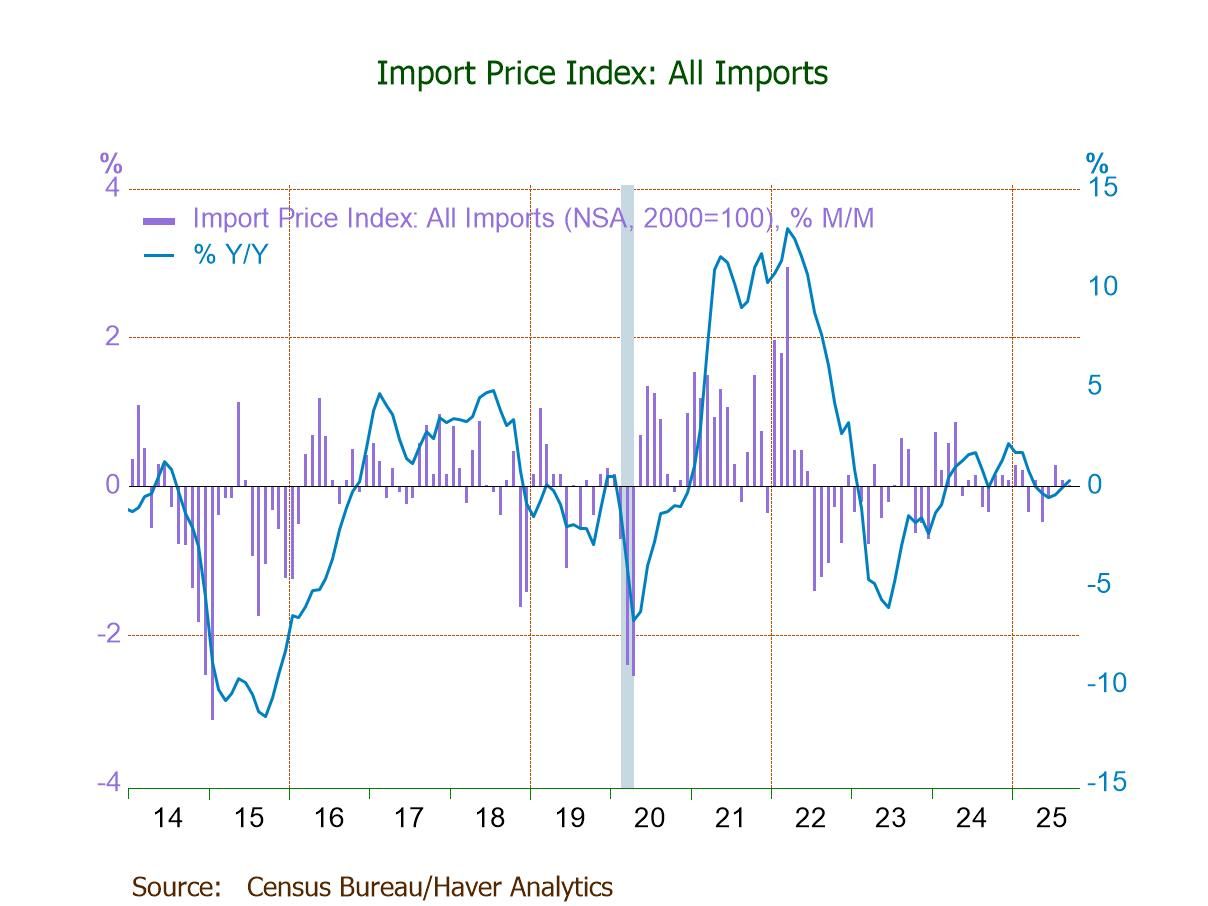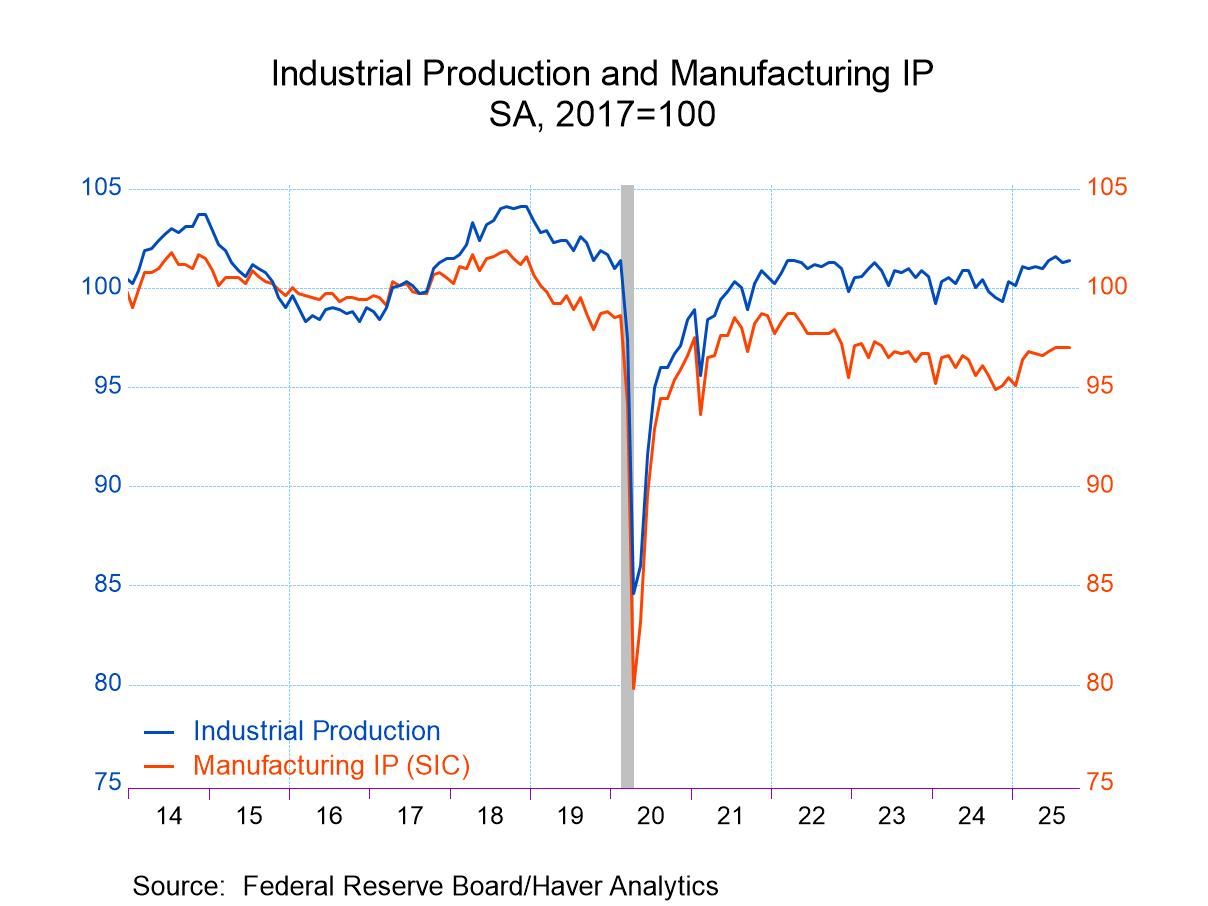 Global| Dec 22 2015
Global| Dec 22 2015U.S. Existing Home Sales in November Hit by New Regulations
by:Sandy Batten
|in:Economy in Brief
Summary
The National Association of Realtors reported that existing home sales slumped 10.5% in November to a seasonally adjusted annual sales pace of 4.76 million homes. This was the lowest level of sales since April 2014. All four major [...]
The National Association of Realtors reported that existing home sales slumped 10.5% in November to a seasonally adjusted annual sales pace of 4.76 million homes. This was the lowest level of sales since April 2014. All four major regions experienced a decline in sales in November. The October reading was revised down slightly to 5.32 million from the initially reported 5.36 million. Action Economics' Forecast Survey had indicated a 5.35 million sales pace for November.
New regulations likely played a major role in the November plunge, a point made by the NAR. In October, new regulations ("Know Before You Owe") were put in place by the Consumer Finance Protection Bureau. These new regulations appear to have lengthened the home mortgage closing process and thereby likely pushed some closings from November into December. Indeed, as the NAR chief economist noted, "signed contracts have remained steady in recent months." Indeed, pending homes sales (contracts recorded at the time of sale, which typically lead existing home sales (recorded at mortgage closing) by a month or two) did not point to the outsize November decline. Pending home sales in September slipped 1.6%m/m and rose 0.2%m/m in October.
The median sales price of an existing home was $220,300 in November, up 6.3% from November 2014 ($207,200). This was the 45th consecutive month in which the median sales price was higher than a year earlier.
In October, the composite index of housing affordability edged up 1.6% to 166.3. While this measure is well off its all-time high of 214.5 reached in January 2013, it remains well above the critical value of 100, indicating that the median income family can easily afford the median price existing home.
The inventory of unsold homes slipped to 2.04 million in November from 2.11 million in October. But with the sharp drop in the sales in November, the months' supply of existing homes on the market rose to 5.1 months from 4.8 months in October.
The data on existing home sales, prices and affordability can be found in Haver's USECON database. The regional price, affordability and inventory data are available in the REALTOR database. The expectations figure is from the Action Economics Forecast Survey, reported in the AS1REPNA database.
| Existing Home Sales (SAAR, 000s) | Nov | Oct | Sep | NSA, Y/Y % | 2014 | 2013 | 2012 |
|---|---|---|---|---|---|---|---|
| Total | 4,760 | 5,320 | 5,550 | 0.0 | 4,920 | 5,074 | 4,657 |
| Northeast | 690 | 760 | 760 | 6.4 | 640 | 658 | 597 |
| Midwest | 1,100 | 1,300 | 1,310 | 2.6 | 1,131 | 1,194 | 1,063 |
| South | 1,980 | 2,110 | 2,210 | -1.3 | 2,048 | 2,032 | 1,834 |
| West | 990 | 1,150 | 1,270 | -3.9 | 1,102 | 1,190 | 1,163 |
| Single-Family Sales | 4,150 | 4,720 | 4,930 | -0.3 | 4,334 | 4,473 | 4,125 |
| Median Price Total ($, NSA) | 220,300 | 219,100 | 221,700 | 6.3 | 206,708 | 195,667 | 175,433 |
Sandy Batten
AuthorMore in Author Profile »Sandy Batten has more than 30 years of experience analyzing industrial economies and financial markets and a wide range of experience across the financial services sector, government, and academia. Before joining Haver Analytics, Sandy was a Vice President and Senior Economist at Citibank; Senior Credit Market Analyst at CDC Investment Management, Managing Director at Bear Stearns, and Executive Director at JPMorgan. In 2008, Sandy was named the most accurate US forecaster by the National Association for Business Economics. He is a member of the New York Forecasters Club, NABE, and the American Economic Association. Prior to his time in the financial services sector, Sandy was a Research Officer at the Federal Reserve Bank of St. Louis, Senior Staff Economist on the President’s Council of Economic Advisors, Deputy Assistant Secretary for Economic Policy at the US Treasury, and Economist at the International Monetary Fund. Sandy has taught economics at St. Louis University, Denison University, and Muskingun College. He has published numerous peer-reviewed articles in a wide range of academic publications. He has a B.A. in economics from the University of Richmond and a M.A. and Ph.D. in economics from The Ohio State University.



